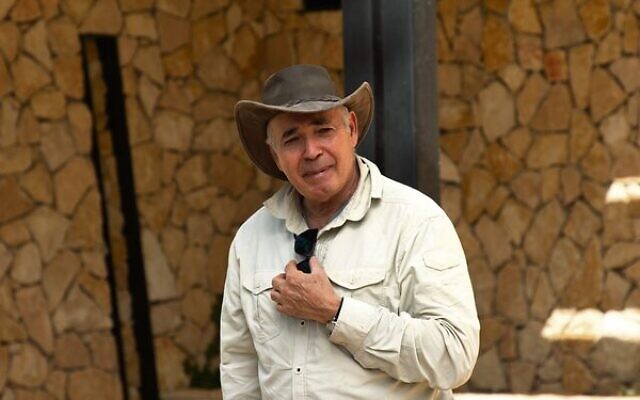Unearthing Judea’s biblical past
Speaking to The AJN, Garfinkel detailed his findings at the archaeological site of Tel Lachish in Israel's south, which he has been exploring.
FROM early in life, acclaimed Israeli archaeologist Professor Yossi Garfinkel has had a romance with history and geography and how they combine to open windows into the deep past – a realm perhaps nowhere more storied than in the Middle East.
Garfinkel was in Australia to deliver the Sir Asher Joel Oration at the Sydney Jewish Museum on April 20, sponsored by the museum, along with the Australian Catholic University (ACU) and the Australian Friends of the Hebrew University, and to lecture in Melbourne.
Speaking to The AJN, Garfinkel detailed his findings at the archaeological site of Tel Lachish in Israel’s south, which he has been exploring.
The ancient Canaanite and Judahite city was home to the kings of Judah in the 10th century BCE, David, then Solomon and Rehoboam, before it was conquered by Assyrian monarch Sennacherib in 701BCE during the Judean revolt against Assyria – an event mentioned three times in the Bible.
Archaeological discoveries of Lachish date back to 1847 when Sennacherib’s palace was located, complete with a stone relief in the throne room detailing the city’s conquest, explained Garfinkel.
The Israeli archaeologist made his own excavations of the city, with digs from 2013-17, during which he made finds dating back to David and Solomon. These included a stone box miniature of Solomon’s Temple. Last year, he returned to Lachish, where he is now digging for relics from the reign of Rehoboam.
“We’d like to know more about the architecture, we want to see how people lived, we’d like to find pottery, we’d like to find animal bones so we can know what was the economy, cultic objects, inscriptions,” noted Garfinkel.
He explained that the periodic destruction of Lachish created distinct layers of civilisation that make it more likely to glean valuable information, unlike, for example, Jerusalem which was conquered but not physically destroyed.
Noting the challenges of uncovering the ancient world, he reflected, “Some people don’t understand how the archaeological record is created and they expect us to do miracles.”
As part of its Ancient Israel program, ACU coordinated with Garfinkel to send Australian archaeology students to Lachish on a field-school visit, under the leadership of ACU Associate Professor Gil Davis.
The three-week program, in January and February this year, which has academic links with the Hebrew University of Jerusalem, Tel Aviv University and other international institutions, included a full major in the Archaeology of Ancient Israel.
It saw 20 students and ACU staff join their Israeli counterparts in digs, analysis and lectures. They also visited archaeological sites at Megiddo, Caesaria, Masada, Kumran and Jerusalem.


comments